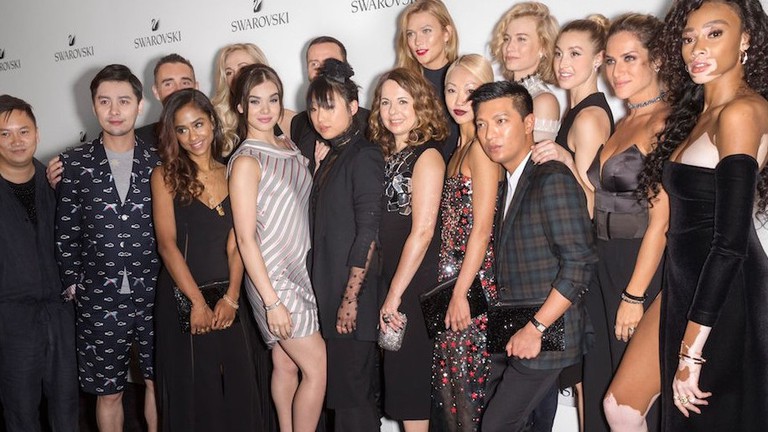Unlike their Western counterparts, Chinese bloggers don’t use Youtube or Instagram to communicate with their audience. Instead, Weibo and Wechat are their main social media platforms, and the most famous fashion bloggers have millions of followers. Through these channels, they speak directly to their followers, informing and influencing subscribers through what they wear or use, their opinion and values. The commercial potential of a successful fashion blog is huge.

Luxury brands have started to notice this. Instead of investing their budgets in traditional media, ever increasingly, big brands are turning to these super bloggers as a means of communicating with their target audience. Unlike Instagram, on Wechat, bloggers have to put a lot of effort into researching, writing, searching for photos and editing, for an article which is hosted on the platform – they can’t just post a photo. Followers are invited to engage with unique pieces of content, and have high expectations of those they follow. Brands know that behind bloggers lie millions of Chinese millennials; present and potential future customers, who love fashion and are eager to follow their icon’s footsteps. Theirs is now a more captive readership than that of the traditional fashion publications in China.
The most famous fashion blogger in China is gogoboi. Every article he posts has hundreds of thousands of views. His articles mainly cover fashion styling, and also include fashion-event reports and celebrity gossip. Other popular bloggers include Mr. Bags, who focuses his articles on designer bags; Becky’s Fantasy, a shopping guide; Shiliupo, who concentrates on fashion styling and celebrity news; and Dipsy, a Vogue columnist who posts seasonal collections, fashion shows and celebrity news.

How do luxury brands work with fashion bloggers in China?
The methods of co-operation between the luxury brands and fashion bloggers are varied. The most common way is for brands to invite them to fashion events and catwalk shows. This is why readers are no longer surprised to see these bloggers sitting in the front row alongside Anna Wintour. Some brands provide them with their very own computer to let them share pictures instantly to their millions of followers. Branded articles are another popular way to increase co-operation between big brands and fashion bloggers. Knowing the bloggers’ influence, luxury brands increasingly prefer to place articles in a popular blog than in traditional fashion magazines. Fans of the blogger then head to the stores to buy the endorsed product. The result is an immediate return on investment for the brand.
Another way is to jointly launch a product. For example, Givenchy launched the limited version of its famous Horizon bag for Valentine’s day with the famous fashion blogger Mr. Bags. It sold out in just 12 minutes. Other ways could include inviting bloggers to take part in professional photo shoots with the brand’s products, having the blogger on the runway with professional models (as seen at this year’s Dolce Gabbana show), inviting them to become store manager for a day, or by handing them control of the brand’s official social media accounts.
As their sphere of influence grows, these new media influencers in China will continue to play a very important role in the Chinese luxury market, and beyond. However, whether bloggers can deliver consistently, remains to be seen.

